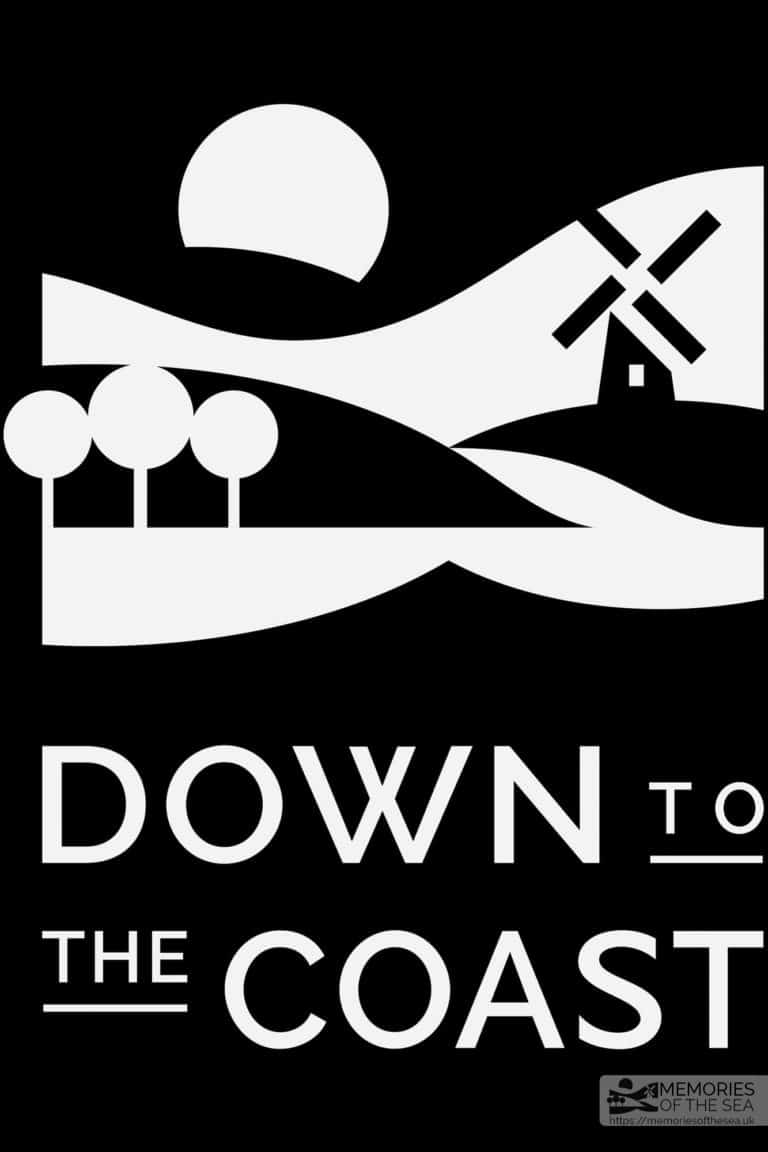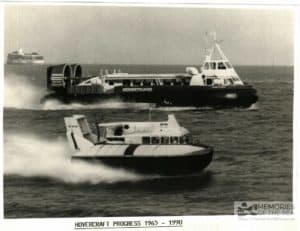Graham Hall on Navigation
Lisa: Can you describe The Winston Churchill to me?
Yes, she was built in Cowes by J Samuel Whites, one of the last ships built there and it was the last of a series of four diesel electric tenders. That’s her predecessor there, ‘The Stella’, that was one of the ships I commanded later but the Winston Churchill was diesel electric.
It meant that the diesel engines provided electricity to drive two electric motors that propelled the ship. They were all controlled easily from the bridge. She was quite a modern ship for her days.
By today’s standard she’s antediluvian but when she was built, Winston Churchill was quite a well-developed, state of the art ship. She was extremely well built.
She was all riveted which is unusual today. In fact, when we needed to go in for repairs occasionally, they had to bring boiler makers out of retirement to replace the rivets because they couldn’t find any … it was not a procedure you do, everything’s welded these days, but she was riveted; very sturdy ship.
She had an accommodation for, not quite sure of the numbers now but there was accommodation for lights officers and lights personnel that we used to take to the Lighthouses and to the Light ships, had accommodation for them. We had a crew of about 35 and you know, she was all things to all men.
She did have, eventually have a helicopter deck fitted to her. When she was built, she didn’t because helicopters were in their infancy then but when we started using helicopters to an extent, they took away the after-mast and put a helicopter decks on all there so we could use the company helicopter for mainly replenishment work and personnel transfer.
She was, what, ostensibly I think 15 knots. Rarely went that fast but well maintained, super little ships.
J Samuel Whites built fine ships in Cowes and she was one of them. Indeed, a number of our Engineer Officers that came to work on the ships were from J Samuel Whites who’d served an apprenticeship with J Samuel Whites and been to sea and then come back and then they joined, it was a great source of employment for Isle of Wight people.
There was a lot of people on the Isle of Wight that at one time or another served on the Winston Churchill or one of the ships based there. We had a lot of people there because employment has never been very high on the Isle of Wight for seafarers in that respect and we were a regular source of jobs alongside the ferry companies. In fact, a number of people on the ferry companies used to chop and change with us.







